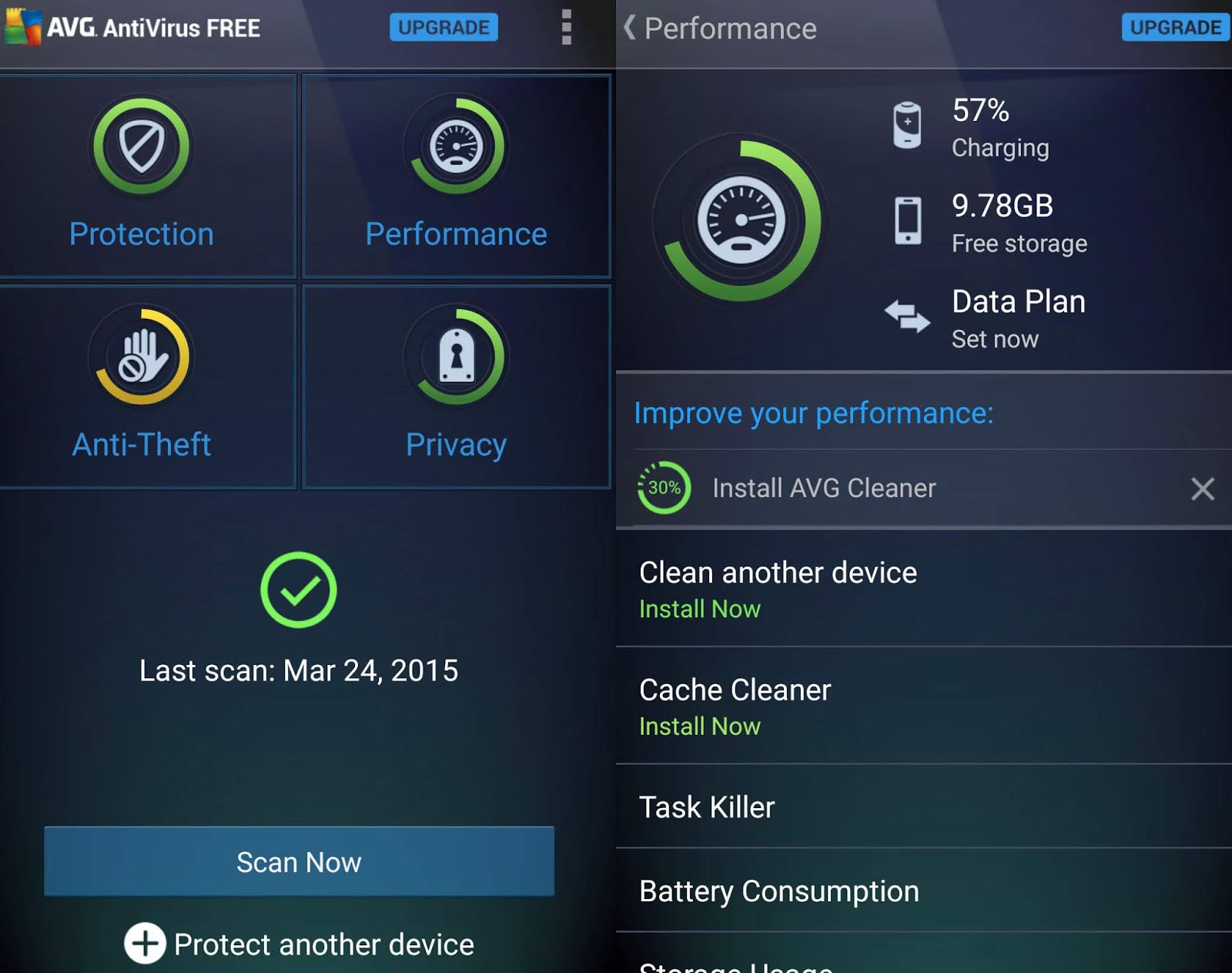


Restricting access to programs and files.Populating your desktop with pop-up ads.Installing programs that record keystrokes.Replicating and spreading to other devices on the network.Once activated, the malware performs its intended function. They are often set up so that even if the user doesn’t choose the “Yes” option and instead clicks “No,” the result is the same. Log in to check on recent changes,” or “Scan your computer now.” For example, “Your account is compromised. Users are pressured into clicking by urgent messages, often suggesting a breach has already happened. The majority of malware infections result when a user downloads a malicious program or clicks an infected email link. Malware typically follows a similar pattern: a user unintentionally clicks on an infected file, which results in their machine getting infected. Hackers use a mix of brute passwords, ransomware, spyware, etc., to exfiltrate data from users’ computers, destroy computer systems, hold PCs hostage, and sell personal and financial data on the dark web for a substantial profit. The estimated global average cost of a data breach is $4.35M per year, with the worldwide number of malware incidents reaching 5.5 billion in 2022. The primary aim behind this huge surge in malware attacks is to extract information illegally and earn money.Ĭybercrime is big business. Bottom line: Protecting against malware threats.


 0 kommentar(er)
0 kommentar(er)
